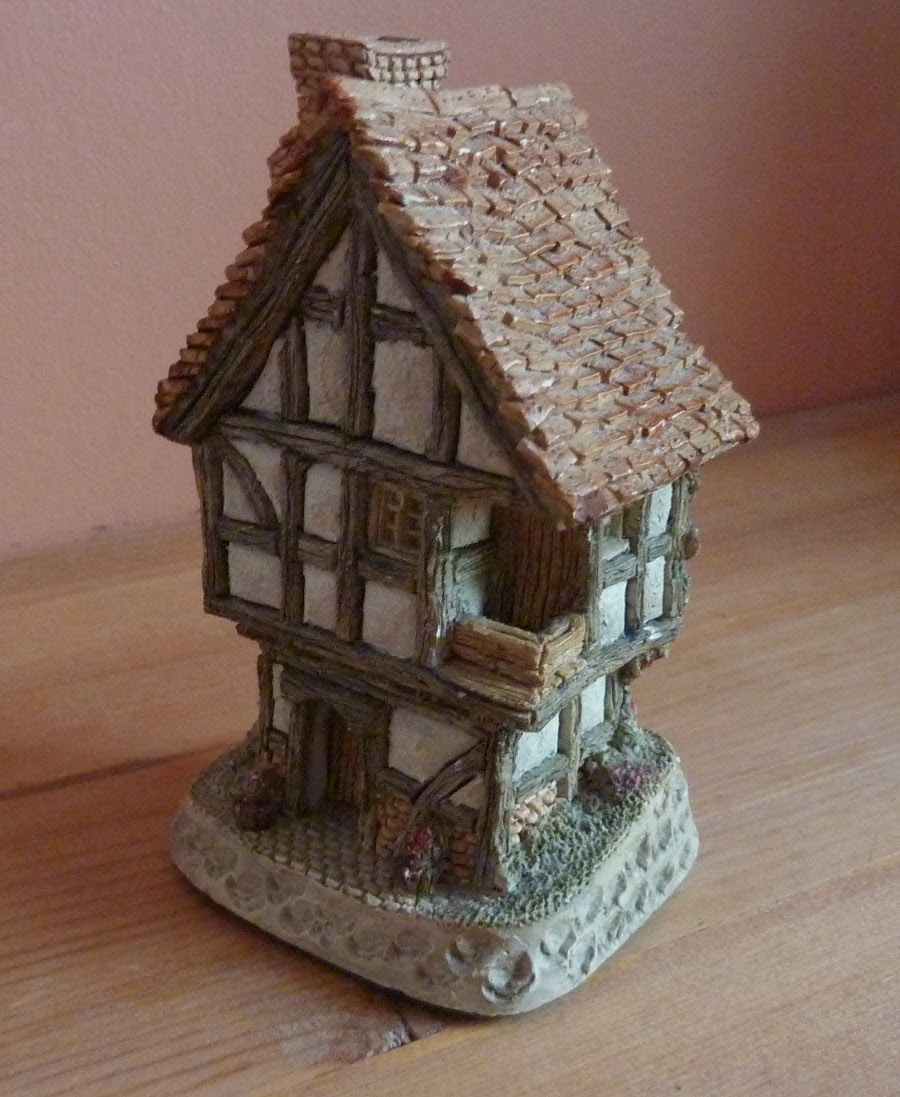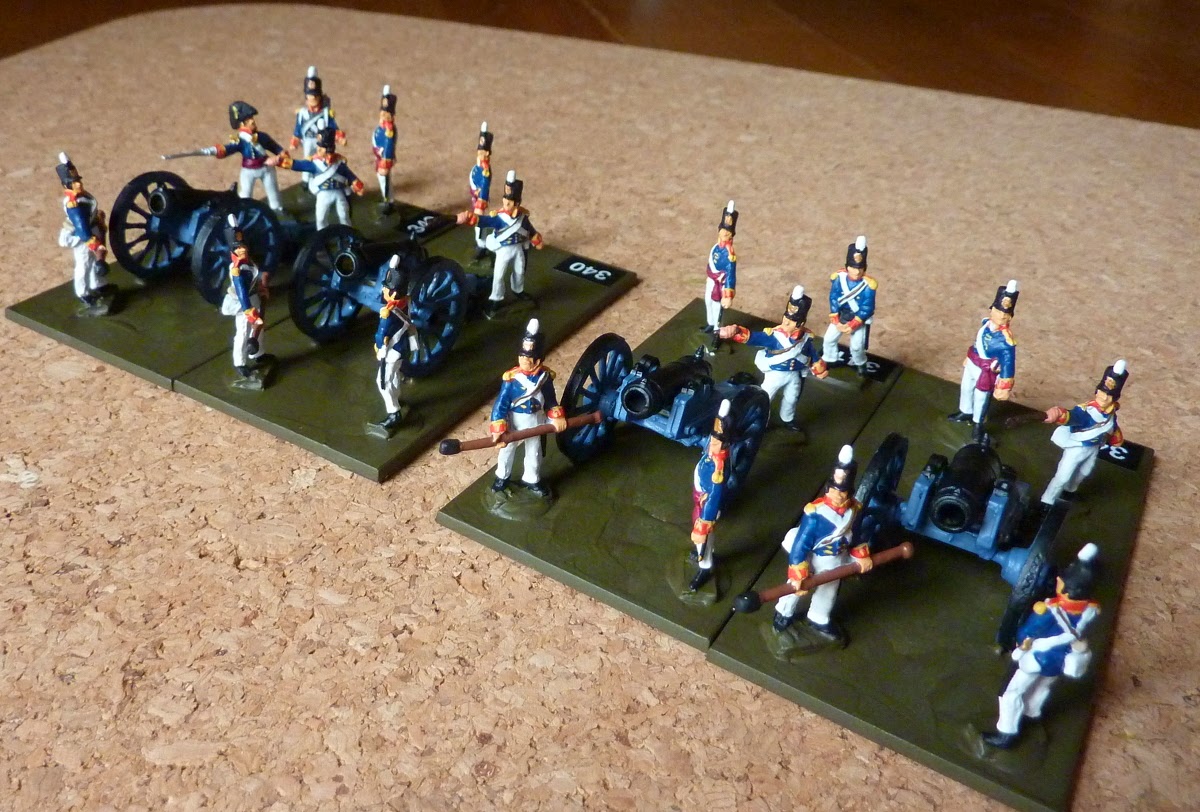More Confessions of a Closet Lilliput Lane
Fancier
 |
| English windmill, Sir? |
My recent coming-out as a browser of Lilliput
Lane listings on eBay has landed me a number of excellent items of ECW scenery,
and has been quite an education. I am, I sincerely hope, a fringe player here,
but I have seen enough to be intrigued and sometimes horrified by the real
deal.
Here’s the technique – enter “Lilliput
Lane” and some other promising key word like “manor house” or “smithy” or
“church” in the eBay search field, and have a look at what’s on offer. Don’t
look at the prices at this point or you will run for cover, screaming. Find
something you like the look of, and skip through ads for this item until you
find one that gives physical size, so you can check it’s OK for scale (usually
the serious retailers will give a full spec and lots of photos, but their
prices will be off-putting).
 |
| Or a very serviceable manor house for ECW, for £2.25? |
I use 20mm wargames figures (Les Higgins,
Hinton Hunt, SHQ, Tumbling Dice), and I deliberately use underscale buildings –
the most suitable of the Lilliput Lane items work out at a slightly smallish
15mm scale, which is good for me. Having identified a suitable candidate item
(and I like “retired” items best – current catalogue stuff and recent releases
are dominated by heavyweight pro dealers, and therefore are too dear), I do a
specific search on that, and then list the items by price, cheapest first, and
the unknown, perfumed, faintly purple world of ladies’ eBay opens before me.
There are some astonishing bargains, and
some of them still have boxes and certificates (which are wasted on me) and many
of them are pretty much perfect. There is a whole alternative reality out there
of ladies who deal in secondhand party frocks (size 14) and shoes (silver,
stiletto heels, worn once only) and assorted gifty tat and shelf clutter,
especially LL cottages and chromium plated photo frames. These ladies live in
Basildon, or Bournemouth, or Slough, and they are – almost all of them – named
Sue, and they are all lovely.
The Sue thing is quite amazing – almost an essential qualification; I did buy a nice little half-timbered cottage, perfect, for 99
pence from a lady whose eBay ID was molly*moppet
or similar, but I was relieved to find that her real name was actually Sue, so
that was all right. She was brilliant – postage fees were exactly correct, the
care of packing and the amount of bubblewrap were well in excess of what I
would have done for 99 miserable pence, she posted it the same day and left me
nice, gushy feedback which was so extreme that for a brief moment I glowed with
my supreme status as an eBay customer, until I checked and found that all her
buyers get the same message of love and appreciation.
 |
| Preston Mill - the real building is at East Linton, in East Lothian, about 6 miles from where I'm sitting; Montrose could well pass this way... |
Why Sue? The Contesse and I discussed this
briefly, and we reckon that Sue was a very popular name in Britain for baby
girls maybe 50-something years ago, and that this is the typical age at which
ladies achieve their lifelong wish to sell used party frocks and ornaments and
gush at total strangers. And God bless them all – I have no complaints.
The price spread is astonishing – I bought
a flawless (though unboxed) Claypotts Castle for £2 or something the same week
that a dealer was selling it, used and "rare", as Buy-It-Now for £32.99.
 |
| Convincing Lonsdale-area farm; watch out - some of them have hidden Land Rovers |
I’ve had a couple of disappointments – paid
£1.25 for a David Winter mansion house which turned out to be just over an inch
tall, but that can go into the local charity shop – some nice lady will be delighted to buy it, I’m sure, and stick it on eBay. Mostly everything
has been very pleasing. You have to be selective – this is a huge, bewildering
topic area when you start looking around – and you have to watch the sizes and
the close-up pics, but the number of items and the choice is staggering.
Storage is an issue – the buildings are
quite heavy and will chip easily, and are maybe not just what you wish to have
lying about your bookshelves, but careful use of bubblewrap and old shoe boxes
should take care of that (I can send the shoes to Sue for auction). I’m going
to stop browsing the listings now – I’ve got some very decent items so far, and
there are a couple more in the post.
 |
| Cornish tin mine - could just as easily be a Scottish lead mine |
One word of warning – stay away from the
collector forums, for that is a twilight world and you may become frightened.
That is where you get into the debates about why the original version of
Lupin Cottage (retired in 1987) is worth so much more than the later version
(though I cannot tell the two photos apart) and why we all have to put our
names down for this year’s special Members-only Limited Edition Piece, Windsor Castle in
the Snow, which will (of course) be a magnificent investment to leave to your
grandchildren (who, as I am beginning to understand, will get Sue to sell it on
eBay for 99 pence).






























